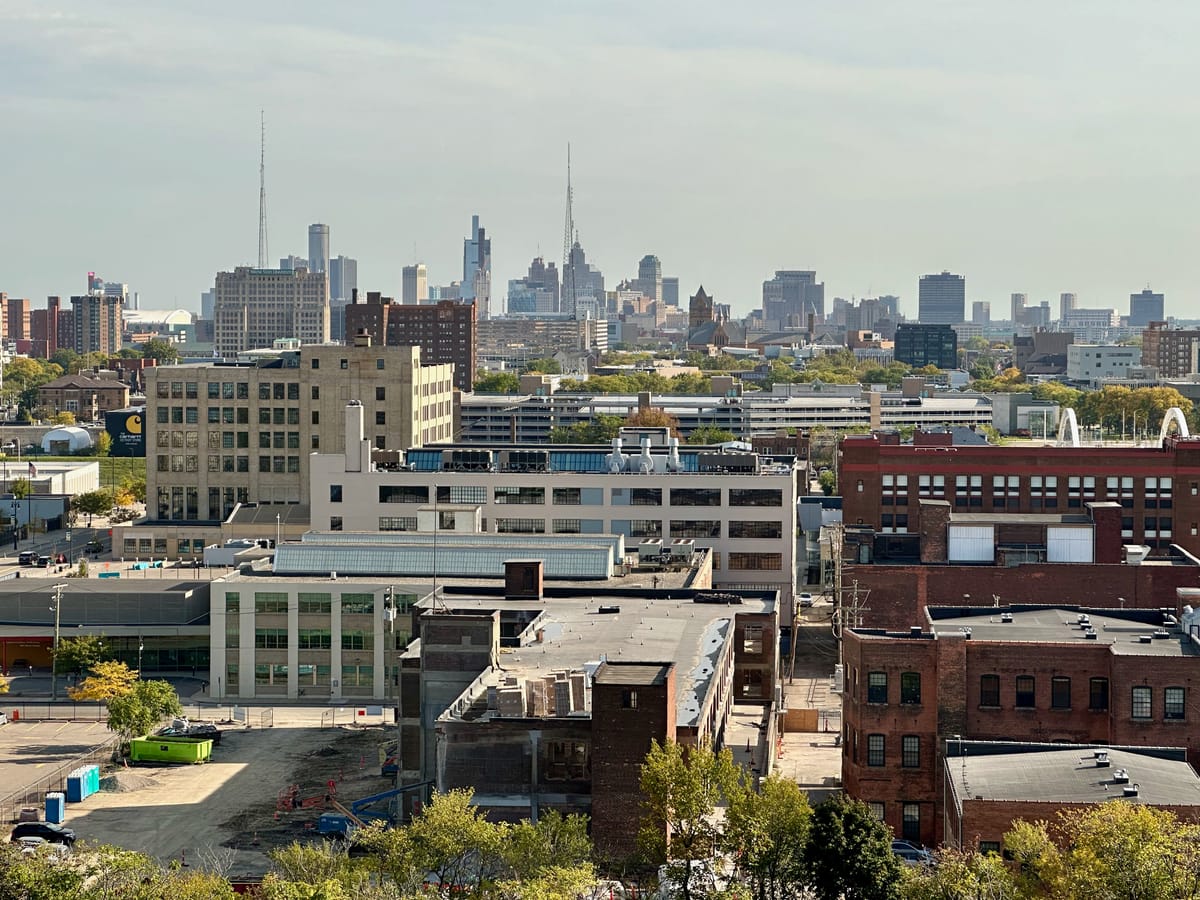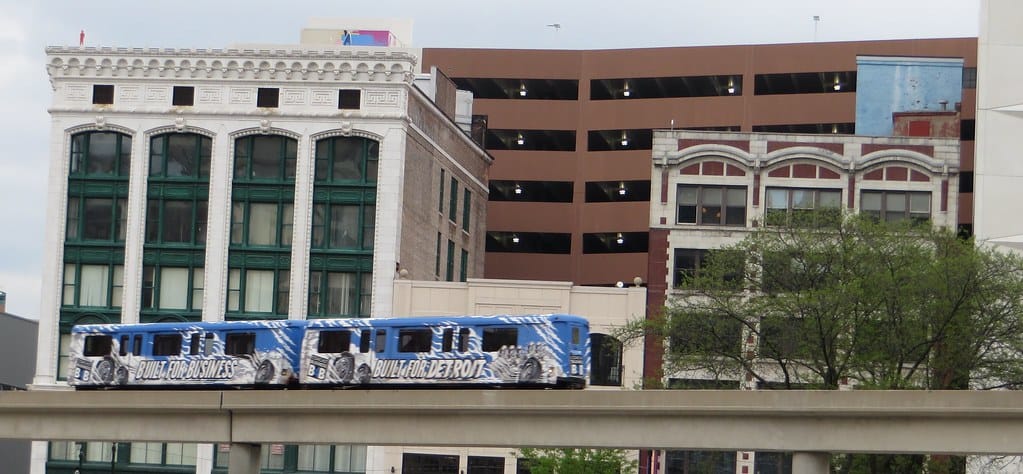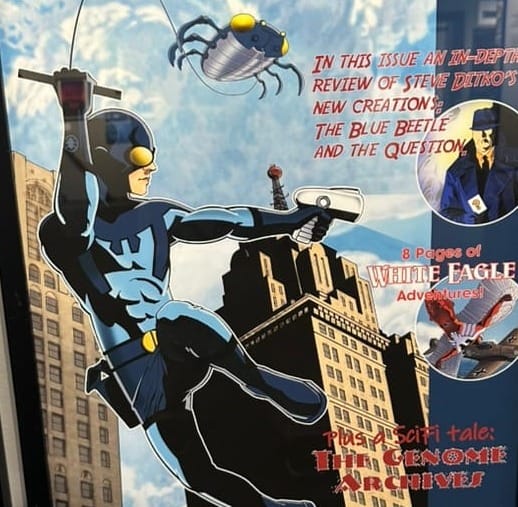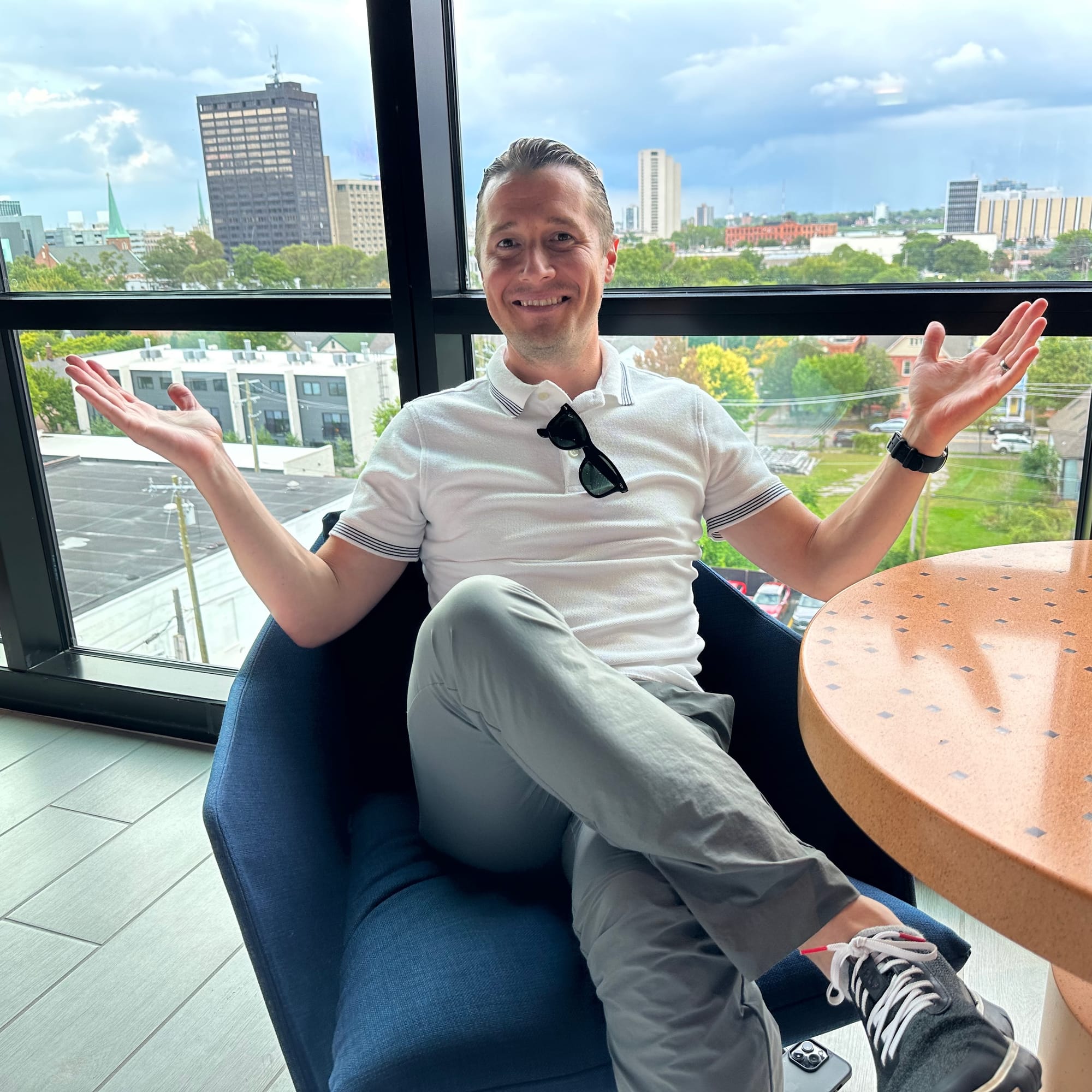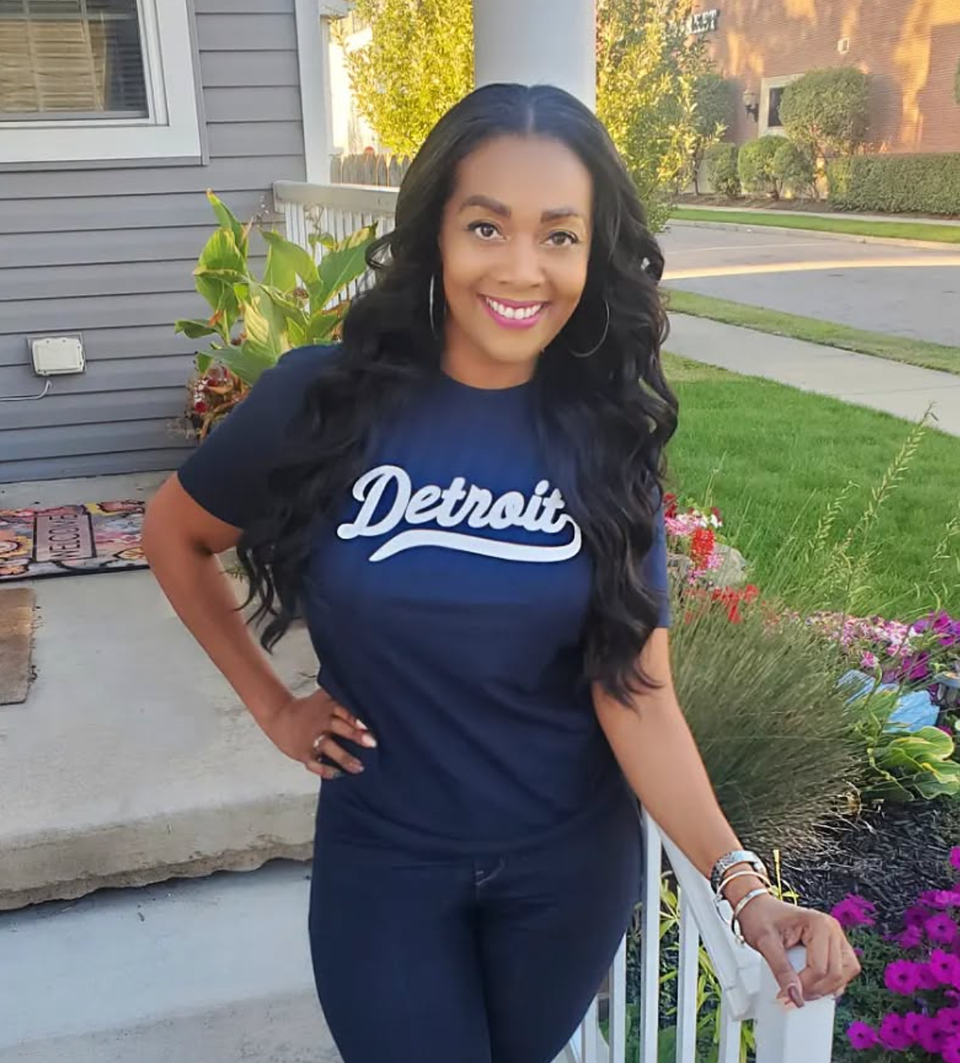Today, we're diving into a world of capes and incredible local talent. The Detroit Historical Museum has just opened a brand new, year-long exhibit called "Heroes vs. Villains: The Art of the Comic Book," and it's packed with surprising connections to our city.
Did you know Detroiters had a hand in everything from The Simpsons and Futurama to the Batmobile and legendary DC and Marvel storylines?
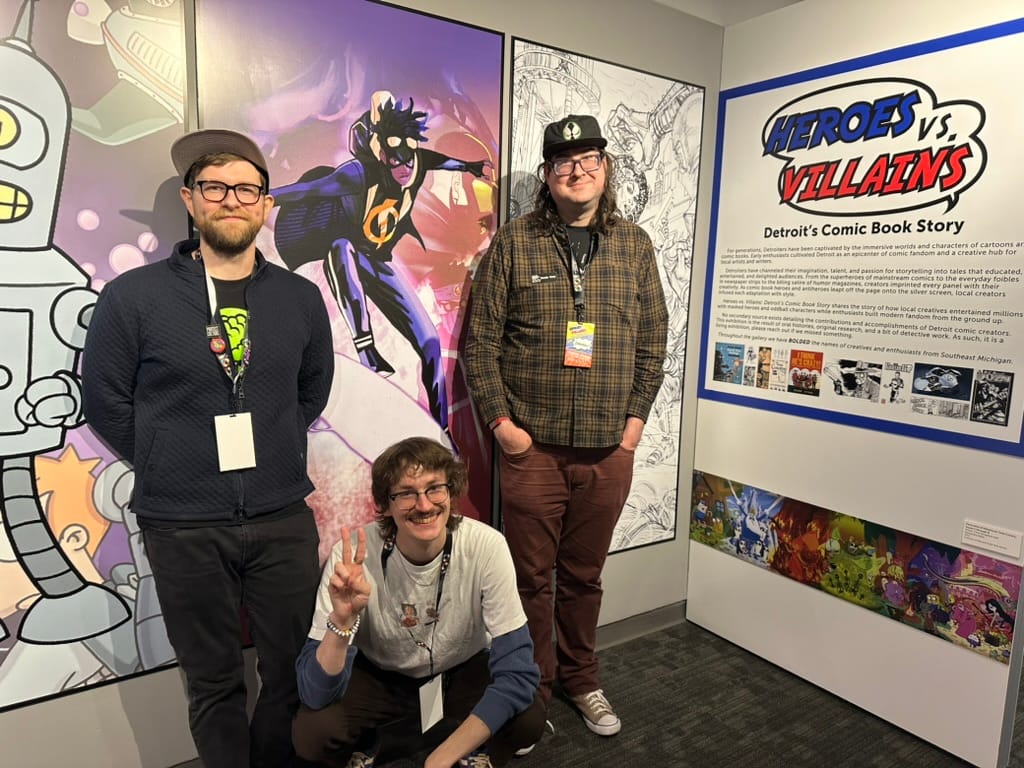
We sat down with the curators – Billy Wal-Winkel, Brendan Roney, and Kevin Hawthorne – right in the middle of the exhibit to get the inside scoop. I really enjoyed this conversation.
Below is a full automated transcript of the conversation. Please excuse any errors, and refer to the original audio for quotations.
Transcript
Jer Staes: So, I'm here at Heroes versus Villains: A Detroit Comic Book Story. I am so impressed walking into this thing. So I guess I'll start with you, Billy. Why, how did this start to come about?
Billy Wall-Winkel: This started about six years ago, a little over six years ago, where I just threw out, "Hey, can I do a comic book exhibition?" And there was a little bit of laughter from my my then boss and my current boss and a few other people, "What what is there to show? What is there to share?" And I was like, "So much. I promise." And I we got the tentative green light. Brendan and I and our coworker Michael to start working on this in 2019. Then the pandemic hit us. And then we had just a couple delays getting ourselves back together, piecing ourselves because the arts were hit very hard during the pandemic. And now we got our opportunity to share this very, very rich and colorful story.
Jer Staes: And there are a couple of people who also are part of putting this thing together. Brendan, what are you most proud about in this exhibit?
Brendan Roney: Ooh, wow. I think the story. I consider myself kind of a big nerd, and there were so many times when we were putting this together where Billy would say, "Hey, did you know this guy's from Detroit?" And I'm like, "No, he's not." And then, lo and behold, he is. So, yeah, I I didn't expect to learn as much as I did going in. So yeah, just information and the presentation's amazing. Everything looks great. It's a visual medium and I think we brought that.
Jer Staes: Well, and Kevin, what are you most excited about?
Kevin Hawthorne: I know it’s a cop out to say everything, but everything in here is really incredible. But if I have to give one special shout-out, it's got to be to the Simpsons, Futurama Bongo Comics just because I've been a lifelong Simpsons fan. I didn't realize how much of the city of Detroit is, so many people from background animators to just anyone else just worked on that show to make those shows what they were. And that's a really cool thing to be part of, one of the longest-running TV shows of all time.
Jer Staes: Okay, give me give me some kind of random fact about it because I didn't know about this myself.
Kevin Hawthorne: All right, so yeah, Bongo Comics, the Bill Morrison who was there, Simpsons Comics, he's from Detroit and he went to CCS, I believe. And CCS is learning about CCS is pretty much one of the top art schools, and I feel like people don't talk about that as much. And he was working with the Simpsons to make all the Simpsons comic books that ran through the 90s. And Billy also is a big Futurama fan, so he can talk about some of the Futurama stuff.
Jer Staes: Yeah.
Billy Wall-Winkel: Yeah, so Bill Morrison was one of the four founders of Bongo Comics along with Matt Groening and Stephen Cindy Vans. He was there from the get-go at the bottom floor. He was one inking the final comics to get them out the first first issues. He was the creative director and editor-in-chief until 2012 when Nathan Kane took over, who is another kid from Allen Park. And he was editor-in-chief and creative director until 2019 when the Bongo closed. But Chris Unger, Cassandra Heller, Chris Hoe, and Mike Kazala, all these other really, Terry Austin, all these folks contributed to Bongo Comics over the years. And Bongo was in charge of not only Simpsons, but also Futurama. And I'm a huge Futurama fan, my favorite show, next to Parks and Rec. And so to know that a Detroiter was the art director of Futurama for the first four seasons and helped create some of my favorite characters like Fry and Bender and Zapp Brannigan is just lovely.
Jer Staes: One of the things looking around that I was surprised by is how much stuff is actually set in some way in Detroit or partially in Detroit. Really cool stuff like I noticed next to me, there's this Hero World, looks so cool with the Penobscot in the background. This is so many cool little things or Justice League, the Detroit era. Anyone want to talk about that a little bit and kind of diving into into those local bits?
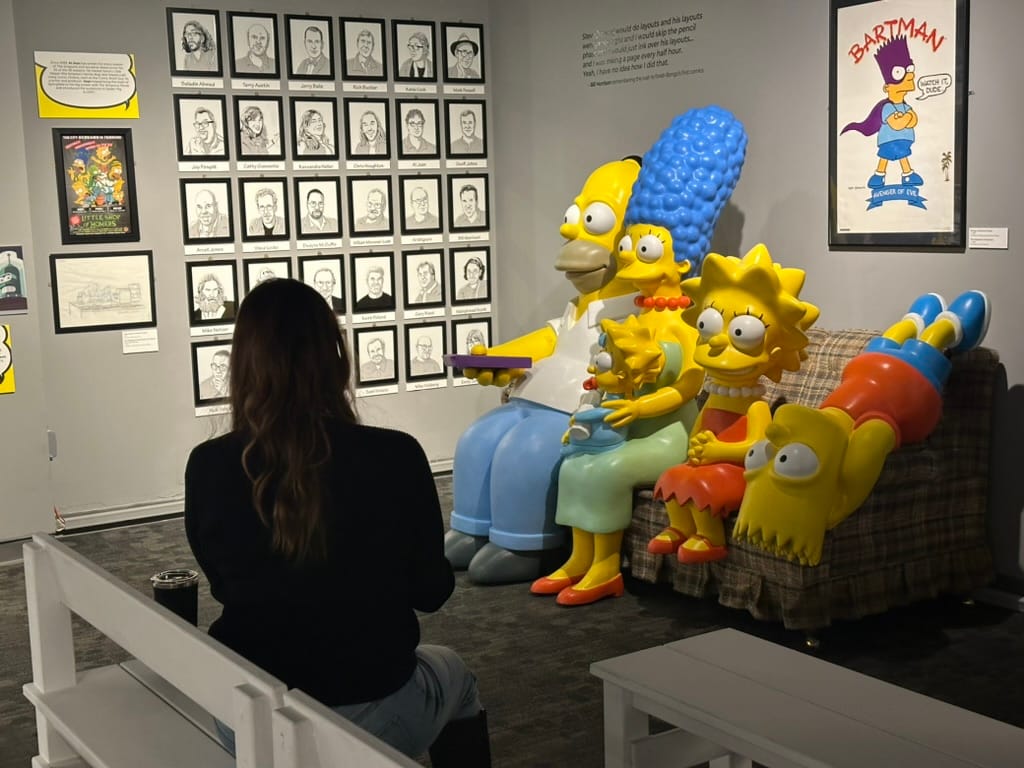
Billy Wall-Winkel:
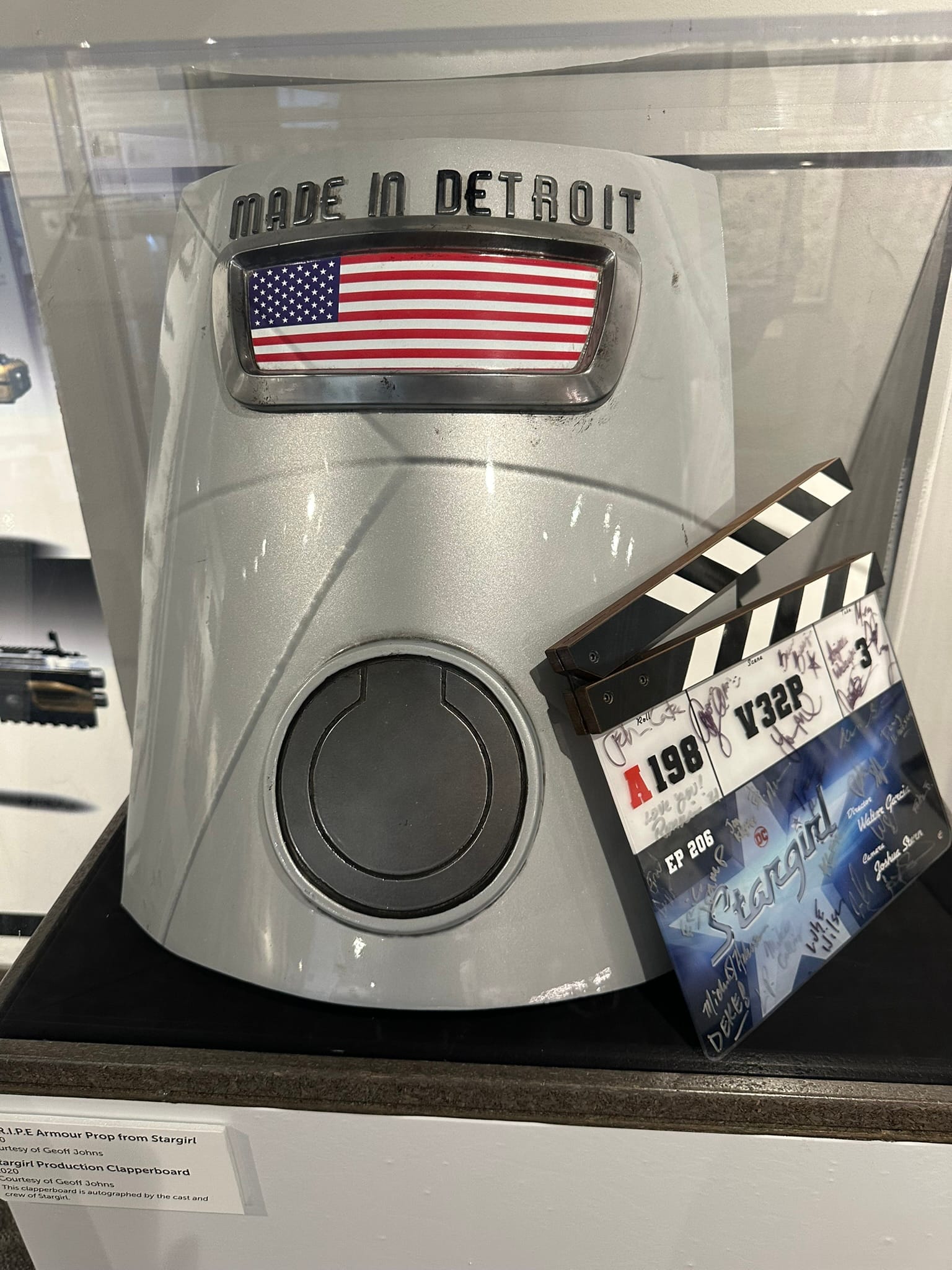
Yeah, when people think of comics, they tend to think of New York City, they tend to think of the East Coast, they think of Wakanda or some far-off place. But so many creators wanted to demonstrate Detroit's worth. They wanted to bring their hometown with them. Jeff Johns, the prolific writer and creator of comic books, TV shows, and movies, joked with us that he almost got yelled at once because he put too much of Detroit in all of his in all of his books. He when he for his Flash run, he transformed Central City into Detroit. They were they were motorheads, they were gearheads. They focused on doing the same things that Detroiters do to have fun in his comics. He wanted to demonstrate that Detroit was the place you can be proud of being from, that it had value. And so many other creators do the same thing. They want to rep their city. They want to bring their Detroit values, their Detroit grit to characters in the comics.
Jer Staes: Does anybody else want to add anything?
Brendan Roney: Oh. Yeah, yeah, sure. Had something. Yeah, it's kind of funny the the old adage with Marvel is, it's the world outside your window. It's New York instead of Metropolis or something like that. And it took a couple years for the creators from Detroit to kind of get in there and really make that true and and have this featured. Some of the early attempts are kind of funny, the Justice League '80s issues where they're set in Detroit, there's a lot of, Aquaman got here from Lake Michigan and stuff like that that doesn't quite check out. But eventually they worked it out and and they they they saved the RenCen in an issue from from the mid-80s and stuff like that.
Jer Staes: Turns out maybe the RenCen's going to need Marvel characters today, right?
Brendan Roney: Yeah, yeah, gotta bring Firestorm back to save that. Yeah.
Kevin Hawthorne: And even things like I grew up watching the Static Shock cartoon, which is set in Dakota City, but the writer was from Detroit, and you can clearly tell Dakota City is Detroit in everything but the name. And rewatching that because I got reinspired by doing this. I'm like, "Oh, I haven't watched that show since I was a kid" and seeing how much of Detroit comes through in those issues, even if they're not named Detroit, you can feel the influence, which is really cool.
Jer Staes: Yeah, yeah. Dwayne McDuffie, yep. Yep, yep. So, when somebody comes down here, I'm going to go through each of you. What is the one thing you want to make sure that they see when they come down here?
Billy Wall-Winkel: I want them to go over and just ogle the Batmobile we have on the wall. Ed Natividad is a concept designer. He's best known for creating the Batmobile for Batman v Superman in 2016. But he got his start working on Batmobiles in 1990 as a student at the College for Creative Studies, then the Center for Creative Studies, because he went and saw Tim Burton's Batman. He changed his focus and for his junior thesis, he created this half-size Batmobile. He had it still, and we have it on our wall. Just come see because one thing we talk about in here is how the different generations inspired one another. But also how Detroiters helped each other. When Rich Buckler got into Marvel, he helped Keith Pollard and Arvell Jones get in. When Tom Orzechowski got there, when Al Milgrom got there, they brought talent with them from Detroit. They helped people lift up. When Bill Morrison got set up on the West Coast, Chris Unger and Nathan Kane stayed at his house and slept on his couch while they got set up. During fanzines, Mike Vosburg came home to Jim Starlin sitting on his his front porch saying, "Hey, are you the guy that does fanzines?" We I want people to see that connectivity, and I want people just to know that if you're interested in in this, there are people you can talk to. You go reach out to the community, they'll they'll help you up, they'll lift you up.
Jer Staes: Awesome.
Brendan Roney: This sounds a little self-serving, but I swear it's not. But I want to make sure people don't pass up the interactives. We have some really great ones. There's one where you actually get to read some comics. A lot of folks are maybe used to engaging with these characters through movies and TV and stuff like that. And there's a whole wide world in the page. And hopefully we can hook some people into reading comics and shopping at their local comic book shop if they start paging through the touchscreen that has that. Secondly, it's a it's a an artistic medium. We have another interactive that has some process videos and some how-tos and things like that. And I hope kids and and people of all ages, kids of all ages, can check those out and maybe get bit with the bug to try some inking or learn to fold a mini comic or something like that and get involved in the scene, get their stories here and, when we rerun this exhibit in 100 years with our heads in glass jars, Futurama style, then I hope I hope they'll be included. So.
Jer Staes: I mean, come on. I want my head in a glass jar. This would be amazing. I could still podcast. That's the thing. I don't I don't even need arms for this.
Brendan Roney: Come on in. Yeah, yeah. Yeah, simple.
Kevin Hawthorne: Beastie Boys. As long as they're put next to cool people.
Jer Staes: Exactly, exactly.
Kevin Hawthorne: Don't want to be put next to Richard Nixon.
Jer Staes: No, no, no, no.
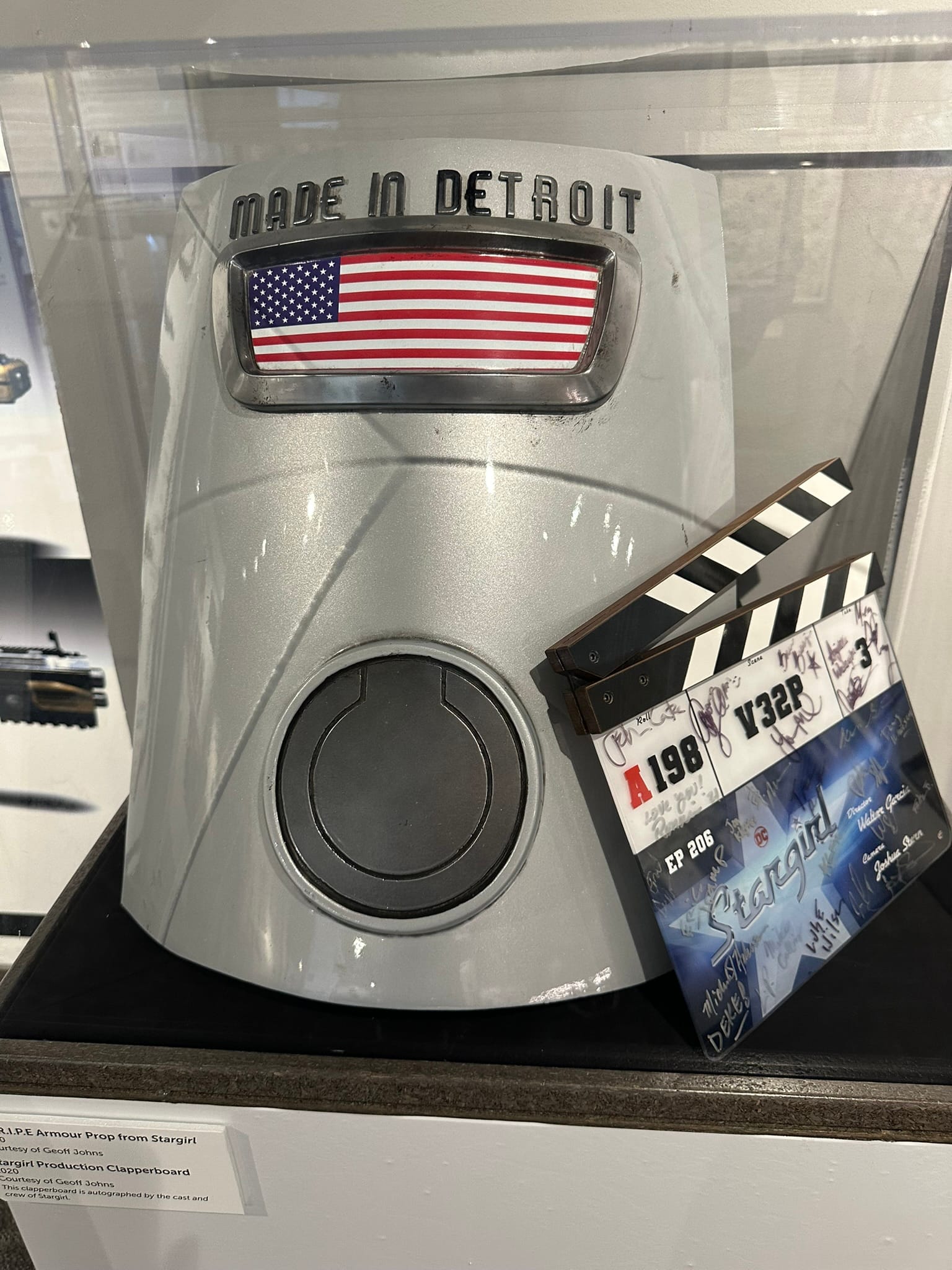
Kevin Hawthorne: Mine would be the Simpsons couch gag that we have because I remember when these were first brought in last month and they were in a state of disrepair. I think Bart was missing huge parts of his face. And our team, I just want to give a shout out to our team who works here. They did an amazing job. They look like they're brand new off the assembly line. So definitely come see the Simpsons couch gag and learn a little bit about Bongo Comics because there's a lot of cool stuff there.
Jer Staes: And so listeners know, that Homer is as big as me. When I when I'm talking about these figurine figures, they're not figurines, they're figures, right?
Billy Wall-Winkel: They're statues almost, yeah.
Jer Staes: Yeah, for sure, for sure. So, let's do the brass tacks for people who are going to come by. What do they need to know? When does this run and all that stuff?
Billy Wall-Winkel: So it opens today, Free Comic Book Day. We you can come until 5:00 p.m. But this exhibit will be here for a year. You can come and check out this exhibit while checking out everything else the Detroit Historical Museum has to offer. And after you do that, you can go get some great lunch here in Midtown.
Jer Staes: Perfect, for sure. Well, Billy. Sorry, I was trying to say your last name too and I was like, I can't pull that together.
Billy Wall-Winkel: No worries.
Jer Staes: Well, Billy, Brendan, and Kevin, thank you so much for your time on Daily Detroit. I really appreciate all three of you.
Daily Detroit shares what to know and where to go in Detroit every day. Find us on Apple Podcasts: https://podcasts.apple.com/us/podcast/daily-detroit/id1220563942
Or sign up for our newsletter: https://www.dailydetroit.com/newsletter/





